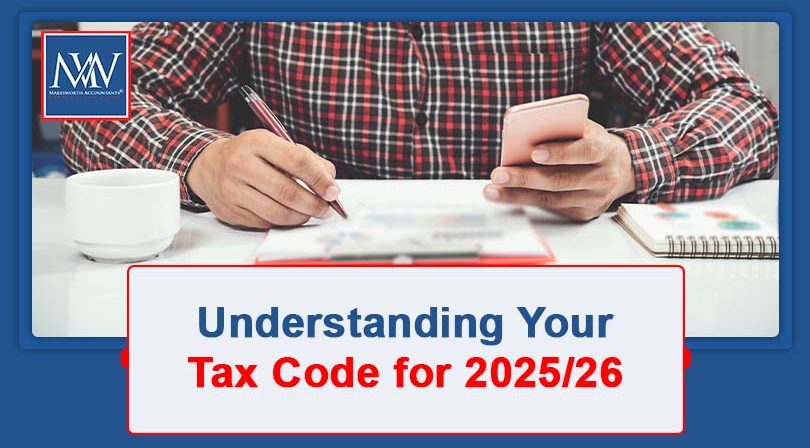
Understanding Your Tax Code for 2025/26
Why Your Tax Code Matters
Your tax code plays a key role in the PAYE (Pay As You Earn) system. It tells your employer how much tax-free income you’re entitled to and ensures the right amount of tax is deducted from your wages or pension.
Since everyone’s circumstances are different, tax codes vary from person to person.
How Tax Codes Are Made Up
A tax code usually consists of numbers and letters.
-
The number represents the tax-free income you’re allowed for the year (your personal allowance), minus the last digit.
-
Example: For 2025/26, the standard personal allowance is £12,570. This gives most people the number 1257 in their code.
-
-
The letter shows your situation and how it affects your allowance.
What the Letters in Tax Codes Mean
Here’s what the most common letters stand for:
-
L – You’re entitled to the standard personal allowance.
-
M – You’ve received the Marriage Allowance from your partner.
-
N – You’ve transferred part of your allowance to your partner.
-
T – Your allowance is adjusted for other calculations (for example, split between multiple jobs or pensions).
Examples for 2025/26:
-
Standard allowance only → 1257L
-
With Marriage Allowance → 1383M
-
Transferred allowance → 1131N
Special Tax Codes You Might See
Sometimes, different codes are used:
-
0T – No personal allowance (often given when starting a new job without enough details).
-
BR – All income is taxed at the basic rate (common if you have a second job/pension).
-
D0 – All income taxed at the higher rate.
-
D1 – All income taxed at the additional rate.
-
K prefix – Deductions exceed allowances, meaning extra pay is added before tax is worked out.
-
S prefix – You’re a Scottish taxpayer (Scottish tax rates apply).
-
C prefix – You’re a Welsh taxpayer (Welsh tax rates apply).
Emergency Tax Codes
If your code ends with W1, M1, or X (for example, 1257L M1), it means you’re on an emergency code. This is temporary and applies tax on a non-cumulative basis until HMRC updates your details.
How to Check and Update Your Tax Code
You can find your tax code:
-
On your payslip
-
On your HMRC app
If you believe your code is wrong, you can correct it using HMRC’s online service:
👉 Check your income tax for the current year
Keeping your tax code up to date ensures you don’t underpay or overpay tax.
For more information, Book a Free Consultation
Need Accountancy Support?
For information on bespoke training, or if you have any other questions for Makesworth Accountant, please fill in your details below






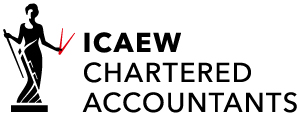

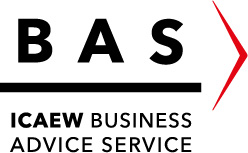

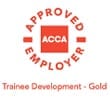
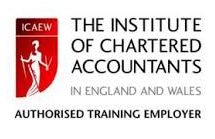

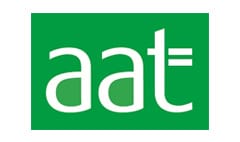
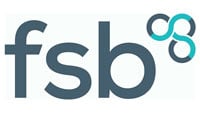

 151
151